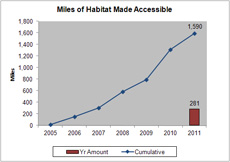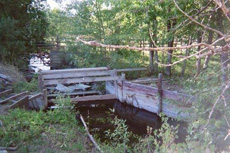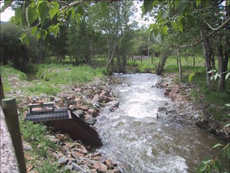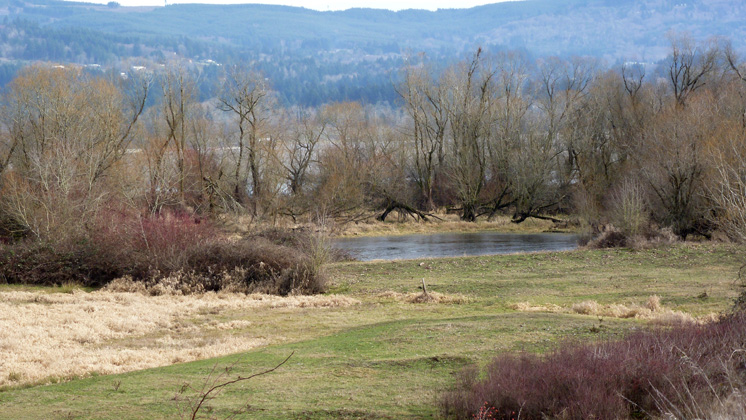Sept. 28, 2012: The federal action agencies released a progress report today on their comprehensive effort to protect ESA-listed salmon and steelhead throughout their lifecycle with hydrosystem, habitat, hatchery, harvest and predator management actions under NOAA Fisheries’ 2008 biological opinion.
Results from 2011 show:
Performance standard testing at The Dalles, McNary and Bonneville Dams showed marked improvements in survival of juvenile spring chinook and steelhead at all three projects. Dam modifications and spill/surface passage improvement appear to be on track to achieve the hydrosystem performance standards – 96 percent average per dam for spring migrants and 93 percent for summer migrating fish.
The travel time for juvenile salmon and steelhead migrating through the hydrosystem was among the fastest scientists have observed. NOAA believes this is likely due to high levels of flow in 2011 and the continued use of spill and surface bypass at the dams.
 The agencies and their partners opened up more than 280 miles of salmon and steelhead spawning and rearing habitat. Research has shown that size and connectivity is the strongest predictor that salmon and steelhead will spawn in a specific area.
The agencies and their partners opened up more than 280 miles of salmon and steelhead spawning and rearing habitat. Research has shown that size and connectivity is the strongest predictor that salmon and steelhead will spawn in a specific area.
See more tributary habitat accomplishments here.
 | Before: Wimpey Creek; Salmon, Idaho: A wooden check structure and rubble blocked salmon from migrating upstream. Embankment severly degraded by cattle grazing. The stream channel was dry during low flow periods. |
| After: Replaced the wooden check structure with a series of rock A-weirs. Rehabilated approximately 100 yards of stream channel and embankment and erected fencing to keep out cattle from that section of the stream. |  |
More than 120 acres of historic tide channels were opened in the estuary. Research has consistently shown that juvenile salmon begin using restored estuary habitats almost immediately after floodplain habitats and wetlands are reconnected.
 In early 2012, the agencies purchased the 920-acre Columbia Stock Ranch, the largest purchase of riverside habitat in the Columbia River estuary in nearly 40 years, permanently protecting essential refuge for salmon, steelhead and other wildlife.
In early 2012, the agencies purchased the 920-acre Columbia Stock Ranch, the largest purchase of riverside habitat in the Columbia River estuary in nearly 40 years, permanently protecting essential refuge for salmon, steelhead and other wildlife.